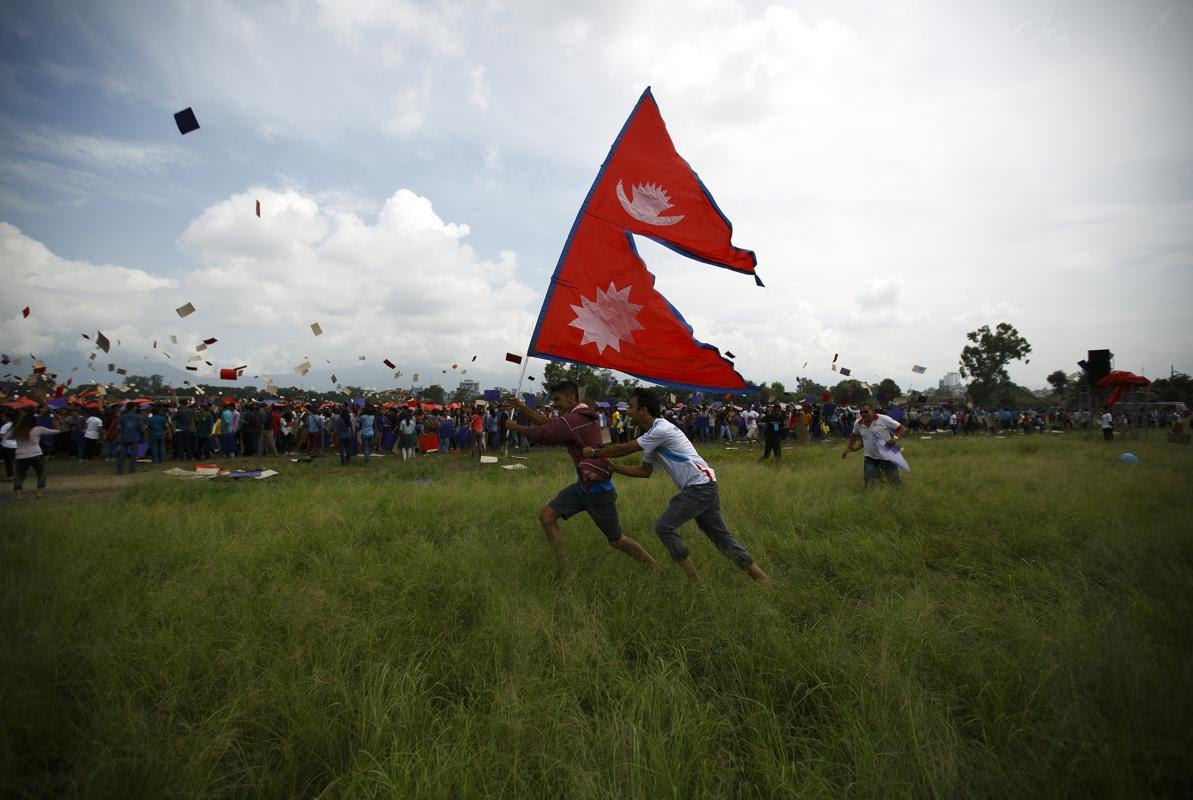Kumari, The Living Goddess of Nepal
Nepal holds popularity as the home of Mount Everest and Lord Buddha, the preacher of peace. Country of unique cultures, many know Nepal as a land of a living goddess- Kumari.
Besides, there are many things in Nepal that have an attachment to the country and people.
There are thousands of temples, monasteries and Gompas, idols, monuments and shrines. They carry the beliefs of the uncountable Gods and superpowers from every corner of the country.
Planning trip to Nepal and need help?
The word Kumari originates from the Sanskrit word Kaumarya. It means virgin referring to the culture of worshiping the virgins.
Kumari is also the childhood name of Lord Durga, one of the main Gods of the Hindu religion.
Nepalese believe Kumari as the manifestation of Lord Durga (Taleju Bhawani) in the body of a pure prepubescent girl. She is worth worshiping until she suffers some kind of injury or illness or until her first periods.
History records that the tradition of worshiping a virgin girl started during the regime of the last Malla king Jaya Prakash Malla.
He had a dream where Goddess Taleju ordered him to select and worship a virgin girl from a Shakya or Bajracharya family as the manifestation of herself.
Hence, he ordered his men the task of building Kumari Bahal (home of Kumari in the Basantpur area) and also started the festival of drawing the chariot of goddess Kumari along with the chariots of Lord Ganesh and Bhairav.
Besides, belonging to the Shakya family, the girls selected to be a Kumari must possess specific characteristics. For this, the physical requirements include black eyes, hair, and eyelashes like a cow. Plus, twenty unbroken teeth and body like a banyan tree.
Primarily the girl should be a virgin without any disfigurements. She should have the 32 noble virtues of Hindu culture. And her horoscope should match with that of the present King.
The major selection criteria is the special event on Kalratri or ‘black night’. On that day the selected young girl has to spend the night alone in a courtyard with the severed heads of animals. And, if she shows courage and fearfulness during such frightening times, then she becomes eligible to be the next Kumari of Nepal. After Kalratri different processions take place to cleanse her past sins.
Once she passes all criteria, she starts residing in the Kumari Bahal, Basantapur. Clad in elegant clothes and special make-over of a Kumari Goddess she lives an isolated life. She leaves her family and relatives as she has to let go of everything from her past life.
From this day on, she will be completely treated as a Goddess. She will not set foot on the ground outside the Bahal. Her caretakers will always carry her on a chariot during pujas and processions. Also, during special occasions of various festivals in Nepal, her caretakers travel her outside of Kumari Bahal.
There are many Kumaris in Nepal (almost every Newari village has its own). However, the Kumari of Kathmandu is the Royal Kumari of Nepal. And she is worshiped by the king and many political leaders as well.
Other devotees can also pay a visit to the Kumari Bahal. They can meet her, offer various offerings and receive blessings from the Goddess.
People have a belief that she relieves people from their troubles, physical, and financial problems. And bless her devotes with good fortune.
Kumari lives a unique life than other normal girls. She stands as a faith for many and gets royal treatment by the nation. As long as she is Kumari, she is not allowed to have direct contact with the rest of the world.
So, the transition from being a powerful deity to a normal child is troublesome to her. She finds difficulty to fit into the family she left behind years ago and follow the rules and obligations.
But to help them adjust in the society after their reign, special teachers and coach give them school education and other basic training. They prepare them to socialize with the outer world.
Another hindrance to her normal life is a long- believed myth. This stereotypical belief confines her from getting married. People believe that a Kumari should never get married or else the groom will die within six months of the wedding ceremony.
Despite these myths, few of the Kumaris are happily married. They are living normal lives with kids and family.
Kumari culture is not only the process of worshiping the divinity on certain occasions. Or, surfing her around during processions. But Kumari culture has a very significant religious, historic and cultural value to the Nepali people.
This is a special culture of the Newar community. The living Goddess of Nepal, Kumari, represents the Nepalese identity and culture.
It is a century-old tradition to worship a divine power. The power that blesses the Nepali people with harmony, faith, and strength in difficult times.




